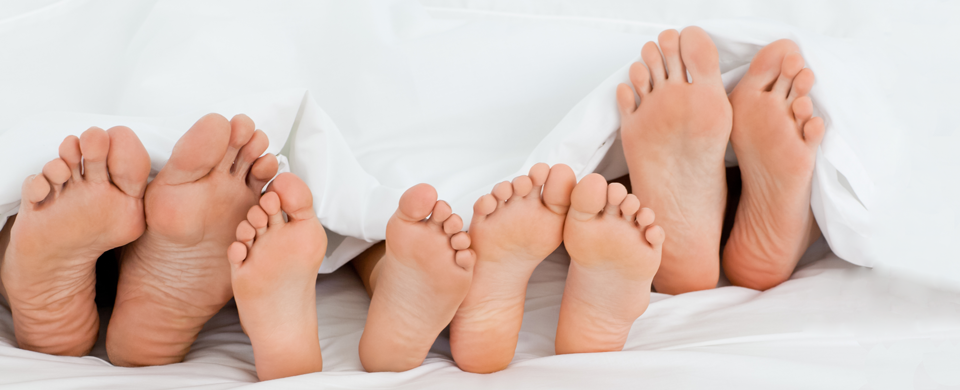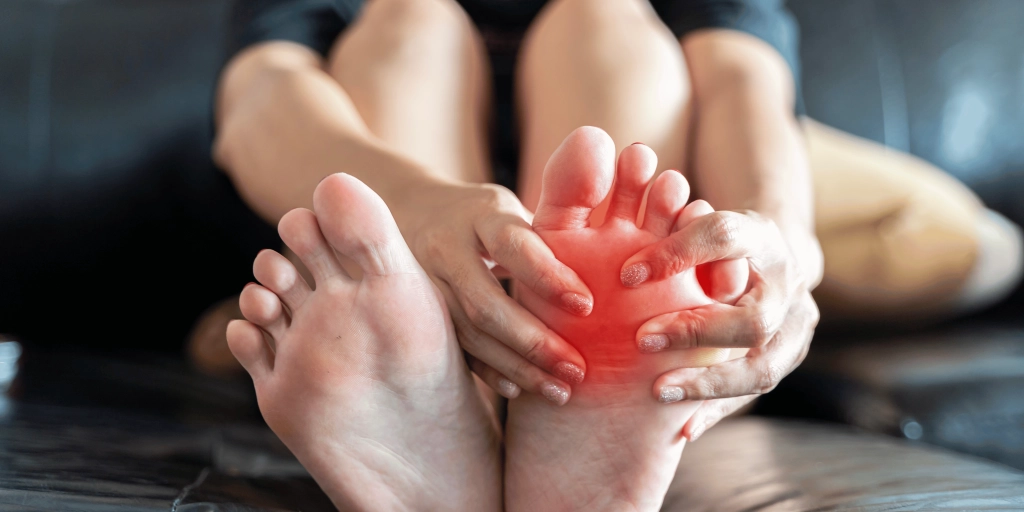Podiatry
Podiatry services focus on diagnosing and treating problems with your feet and ankles. This includes common issues like bunions, hammertoes, plantar fasciitis, ingrown toenails, heel pain, foot injuries, and skin conditions. A podiatrist, a healthcare professional specializing in feet and ankles, can help with treatments such as custom foot inserts (orthotics), physical therapy, surgery, and general foot care. Whether you're dealing with pain, injury, or discomfort, podiatry services can help keep your feet healthy and comfortable.

Podiatry Servicess
At Twin County Regional Healthcare, we are collaborating with Southwest Podiatry to offer comprehensive care for various foot and ankle conditions. Our skilled podiatry team is dedicated to helping you maintain optimal foot health and mobility.
Meet the Podiatrists
Podiatry Services
Below are some of the common conditions we treat:
Diabetic Foot Care
Proper foot care is crucial for individuals with diabetes, as they are at a higher risk for foot complications like ulcers, nerve damage (peripheral neuropathy), and infections. Diabetes can also cause poor circulation, making it harder to heal wounds. Our team at Twin County Regional Healthcare provides personalized diabetic foot care, including routine check-ups, prescription treatments, and lifestyle recommendations to help prevent these conditions. We focus on proactive measures to keep your feet healthy and prevent serious complications, such as gangrene or amputations.

Ingrown Toenail
An ingrown toenail occurs when the nail, often on the big toe, grows into the surrounding skin, causing pain, redness, and potential infection. It is a common issue, affecting up to 20% of individuals who seek medical care for foot concerns. Early treatment is essential to prevent infection and further complications
Hammertoe
Hammertoe is a deformity where the second, third, or fourth toe bends sharply at the middle joint, resembling a hammer. This condition can affect one or multiple toes. It often occurs in conjunction with bunions. Hammertoe can be either flexible or rigid and may cause pain or difficulty with footwear.
Bunions
A bunion is a painful, swollen bump that forms on the outer edge of the foot, at the base of the big toe. It occurs when the joint at the bottom of the big toe becomes misaligned. Over time, the joint moves out of place, causing discomfort and mobility challenges. Bunions may worsen if left untreated, leading to increased pain and difficulty walking.
Heel Pain
Heel pain can occur in various areas of the foot, including the bottom of the foot and the back of the ankle. There are multiple potential causes of heel pain, including:
- Plantar Fasciitis: A common overuse injury, plantar fasciitis causes sharp heel pain, especially at the bottom of the foot.
- Fractures: Stress fractures or fractures of the calcaneus (heel bone) can result in severe heel pain and mobility issues.
- Achilles Tendinitis: This condition involves inflammation of the Achilles tendon, leading to pain at the back of the heel.
- Bursitis: Inflammation of the retrocalcaneal bursa, the small sac between the heel bone and Achilles tendon, can cause pain in the back of the heel.
- Haglund’s Deformity: A bony bump on the back of the heel, often seen in women who wear high heels regularly, can cause discomfort.
- Sever’s Disease: This condition, which affects children and adolescents, occurs when the Achilles tendon pulls too forcefully on the growth plate at the heel, causing pain.
Heel pain may also result from abnormal walking patterns, such as excessive pronation (rolling inward of the foot), which can place additional strain on the foot and heel.
If you're experiencing any of these conditions, our team is here to help. We provide expert diagnosis and treatment tailored to your needs, aiming to relieve pain and improve your quality of life.
For more information or to schedule an appointment, contact Twin County Regional Healthcare's Podiatry department today. We’re here to help you put your best foot forward.


